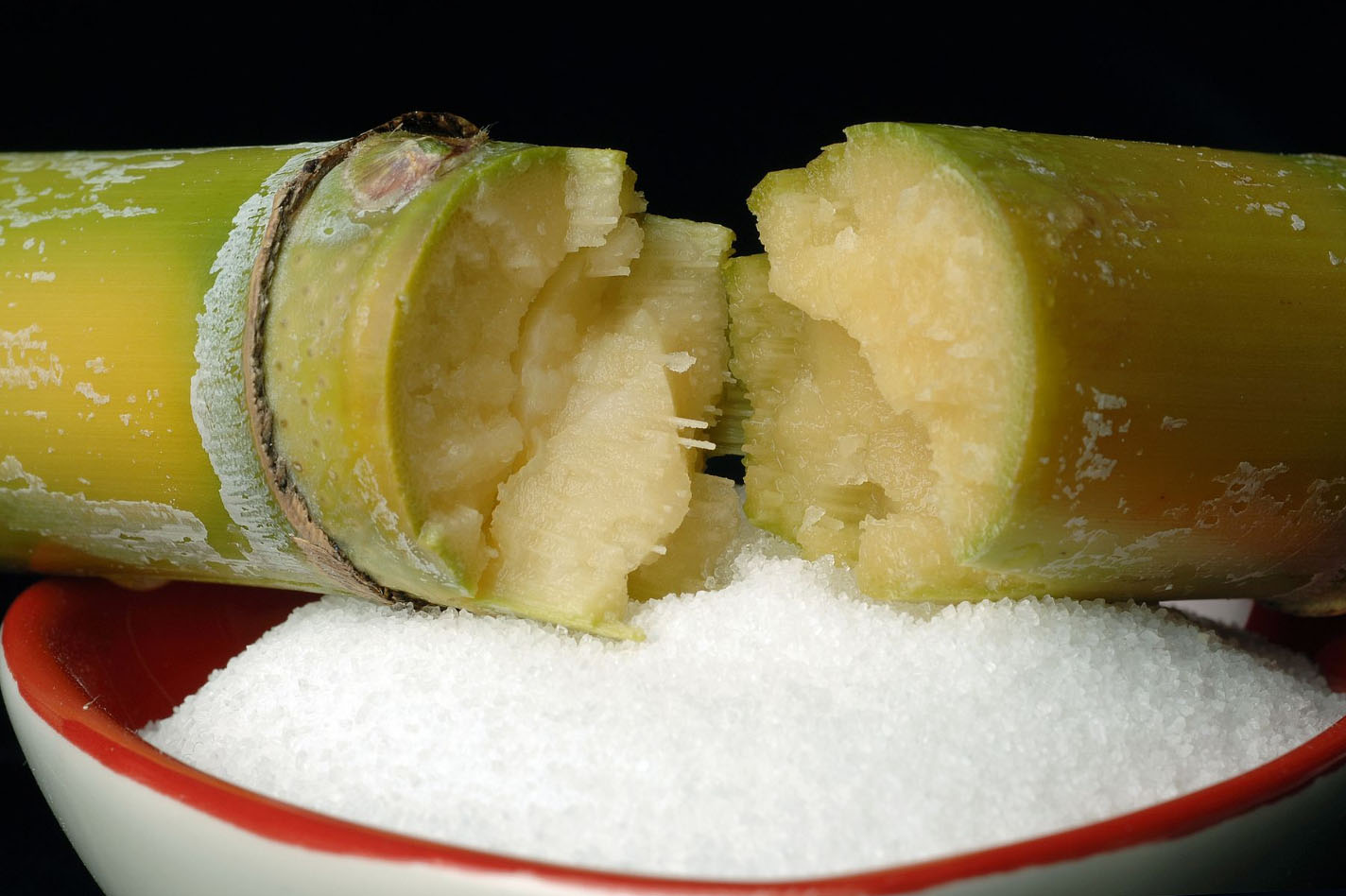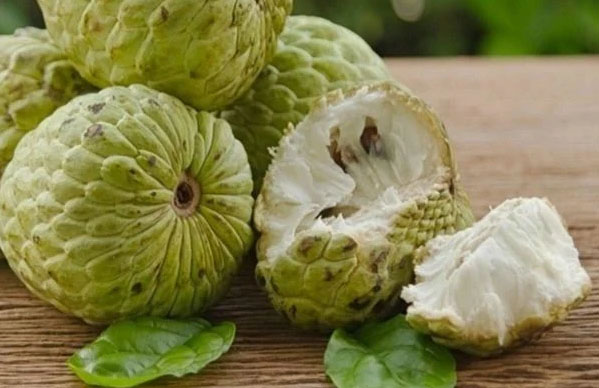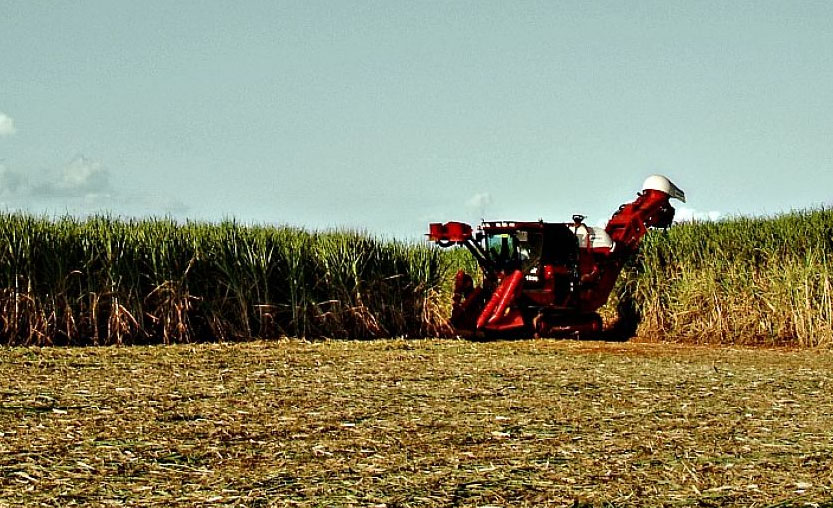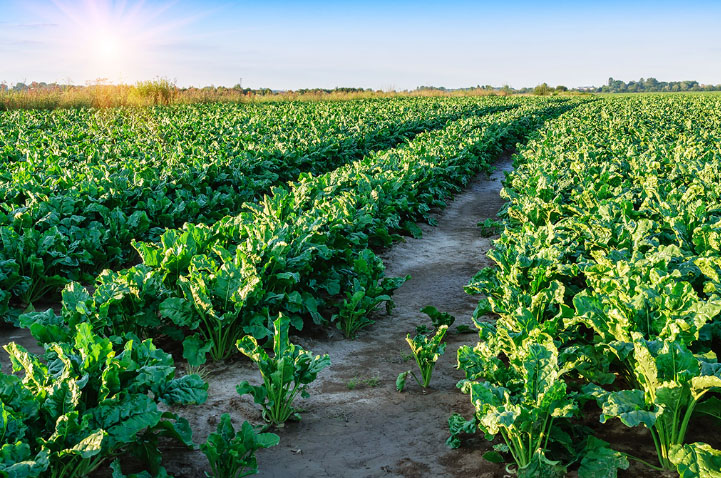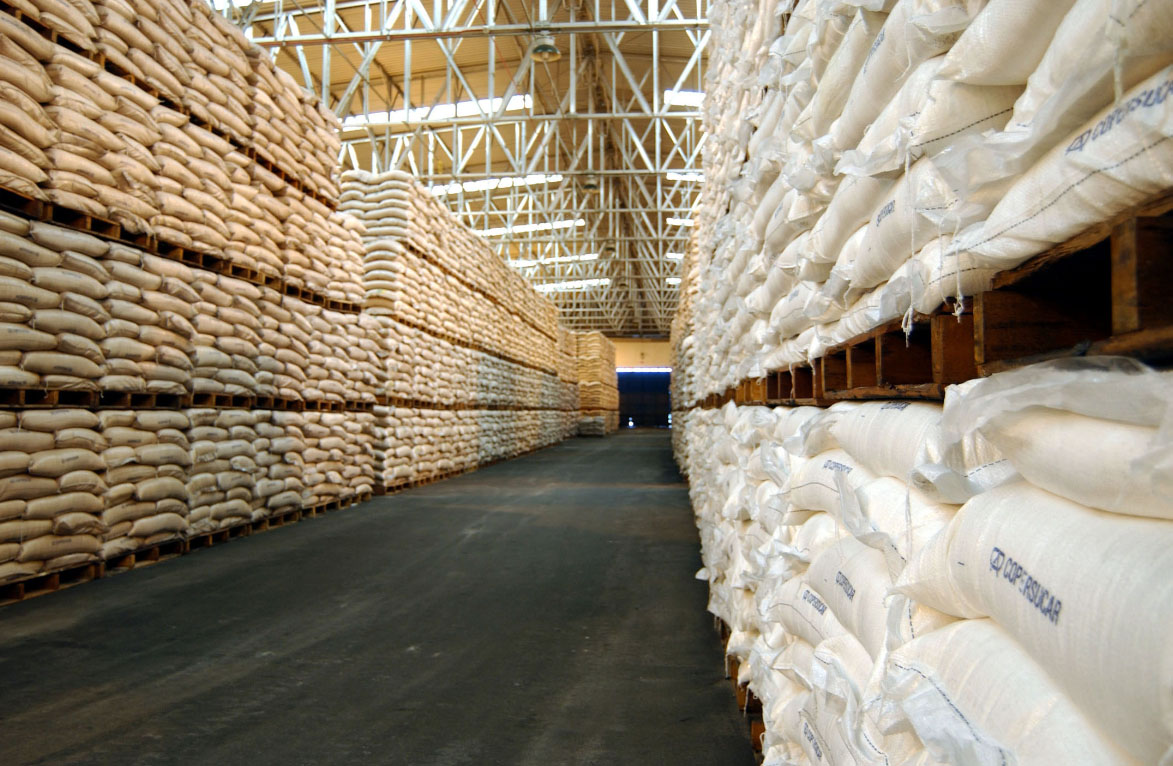Sugar, with
its irresistibly sweet taste, has been a staple in our diets for centuries. But
have you ever wondered where sugar comes from? In this blog post, we’ll embark
on a journey to uncover the origins of sugar, tracing its history from ancient
sugarcane cultivation to modern production methods, and learn how it has become
an integral part of our daily lives.
The Sweet
Beginnings
The story
of sugar begins in ancient India, where sugarcane was first cultivated around
350 CE. The knowledge of extracting sweetness from sugarcane slowly spread to
other regions, including China, Persia, and the Arab world. Sugarcane’s juice
was extracted, boiled down, and crystallized to produce the first sugar
crystals.
Sugar in
the Arab World
During the
Islamic Golden Age, Arab scientists and merchants played a crucial role in
refining sugar production techniques. They improved sugar refining methods and
established sugar plantations in various parts of the Muslim world, including
North Africa, Spain, and Sicily. By the 8th century, sugar had become a
valuable commodity in trade between the East and the West.
Sugar in
Medieval Europe
Sugar’s
journey to Europe was a result of the Crusades and Arab control over sugar
production. Crusaders brought back the knowledge of sugar refining to Europe,
where it was initially considered a luxury item enjoyed by the elite. As sugar
became more accessible, its popularity grew, leading to the establishment of
sugar plantations in the Mediterranean region.
Sugarcane
in the Americas
The real
transformation in sugar production occurred with the colonization of the
Americas. Portuguese and Spanish explorers brought sugarcane to the New World,
where it thrived in the tropical climates of the Caribbean and South America.
Sugar plantations, worked primarily by enslaved Africans, became the
cornerstone of the colonial economy in these regions.
Modern
Sugar Production
Today,
sugar production is a highly mechanized and globalized industry. Sugarcane is
grown in various countries with tropical and subtropical climates, with Brazil,
India, China, Thailand, and the United States being major producers. Sugarcane
is harvested mechanically, and the juice is extracted using modern equipment.
Sugar refining processes have been streamlined for efficiency and consistency.
Different
Types of Sugar
The sugar
we consume comes in various forms, including:
Granulated
Sugar: The most common type of sugar used in households, it’s highly refined
and versatile.
Brown
Sugar: Made by adding molasses back to refined sugar, brown sugar has a rich
flavor and moist texture, making it popular in baking.
Powdered
Sugar: Also known as confectioners’ sugar, it’s finely ground granulated sugar
mixed with a small amount of cornstarch. It’s used for making icing and dusting
desserts.
Raw Sugar:
Raw sugar is less processed than granulated sugar and retains some molasses
content, giving it a golden color and slight caramel flavor.
Conclusion
Sugar has a
rich history that spans continents and centuries. From its humble beginnings in
ancient India to its pivotal role in global trade and modern production
methods, sugar has evolved into an essential part of our daily lives. Whether
you’re adding a spoonful to your coffee or indulging in your favorite dessert,
understanding the origins of sugar adds a layer of appreciation to this beloved
ingredient.

